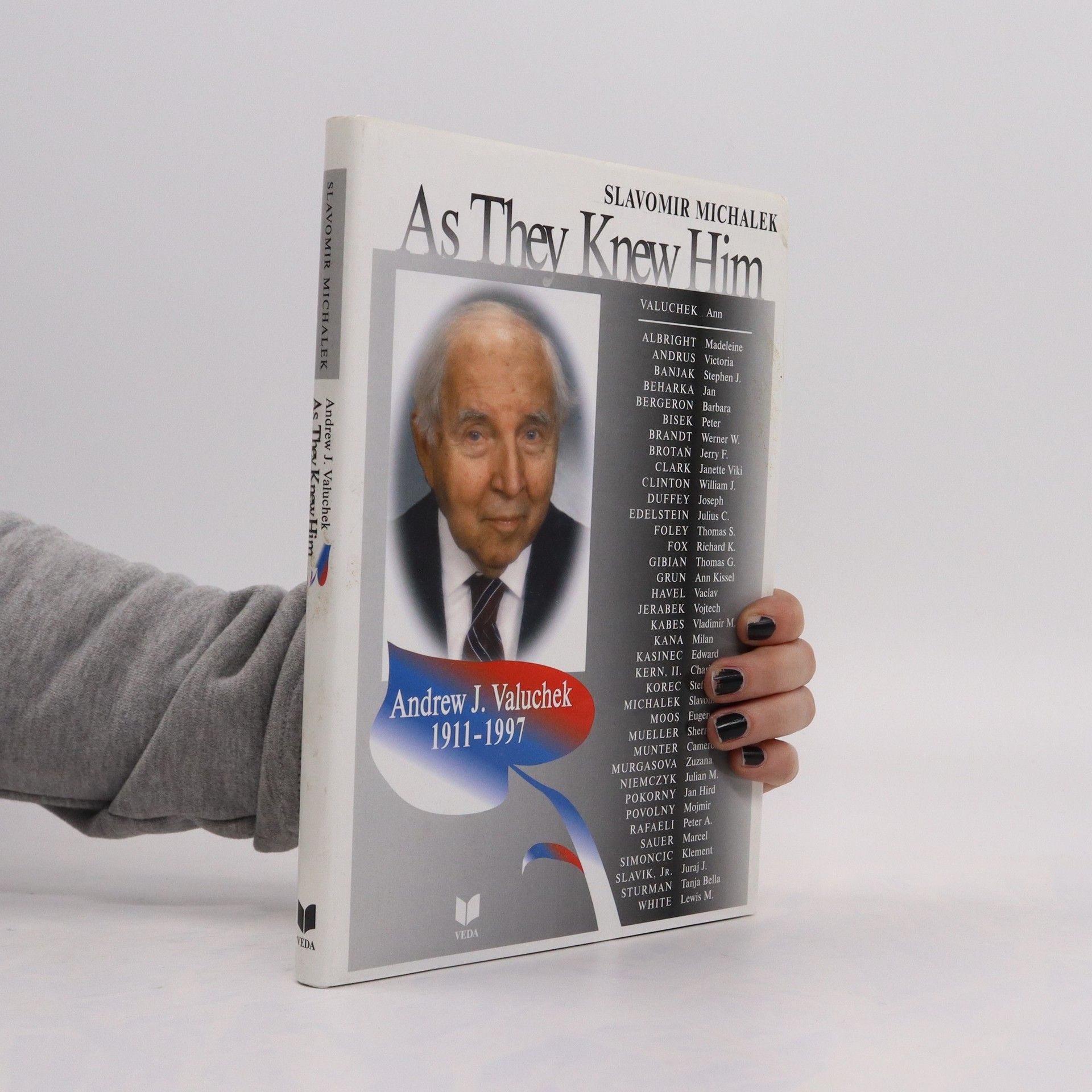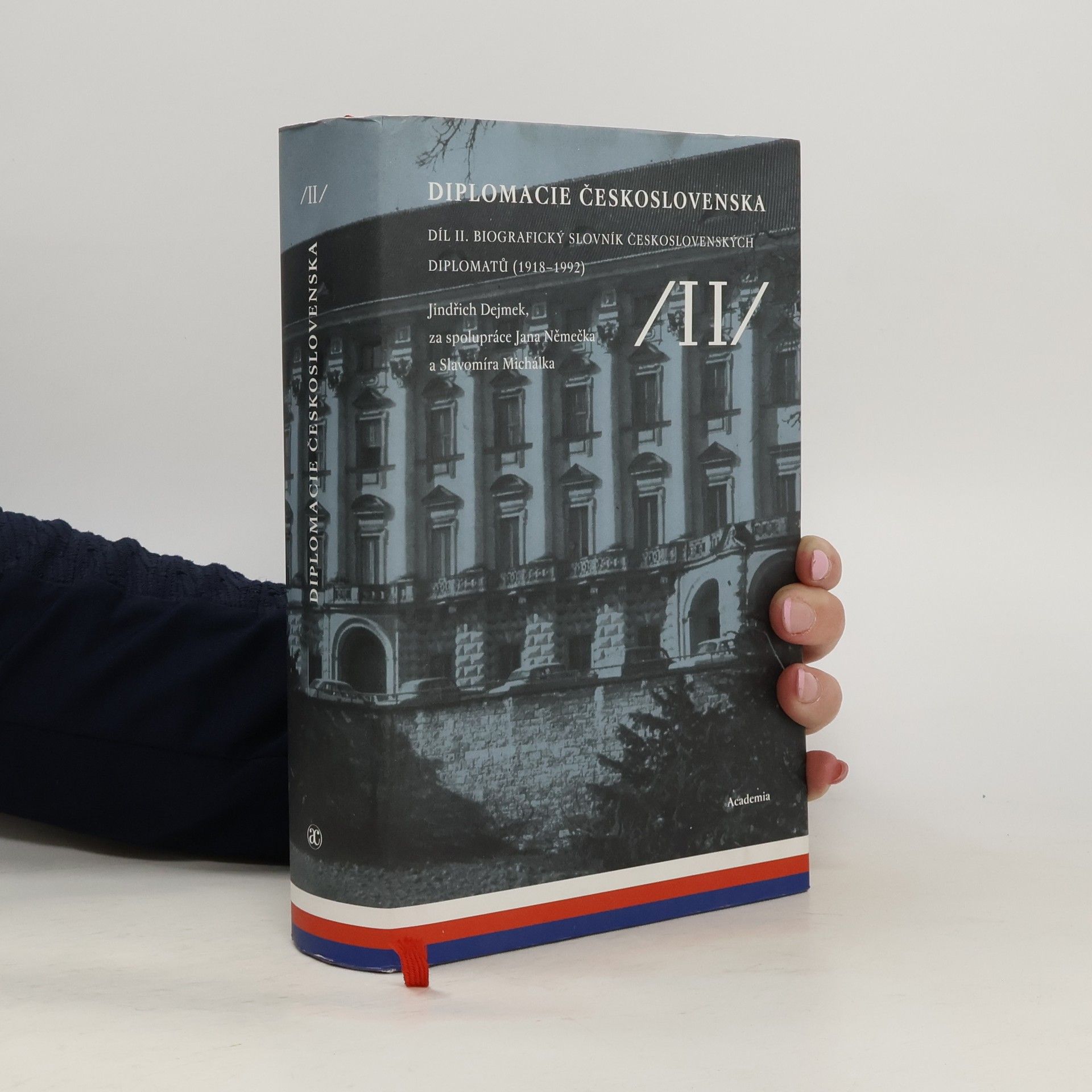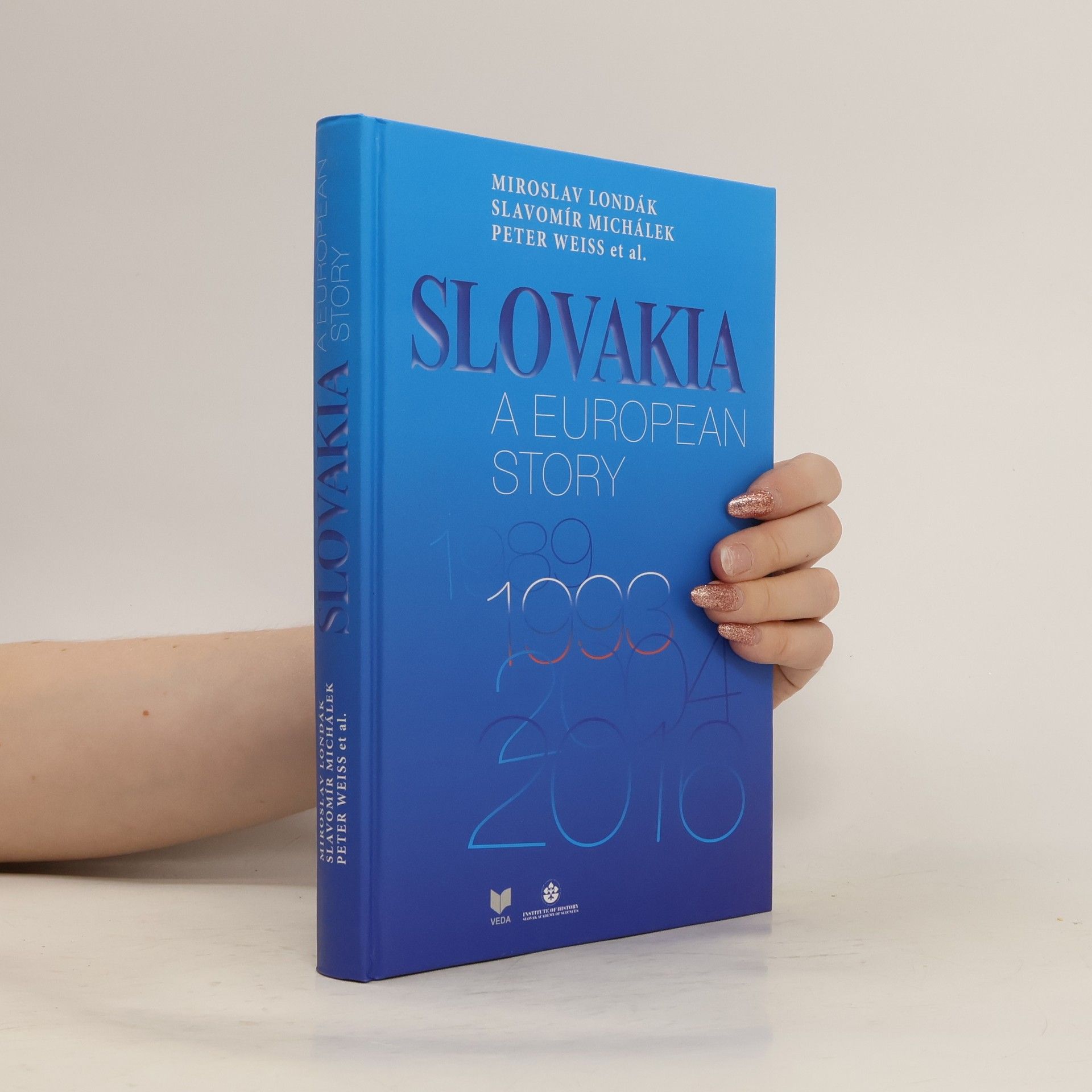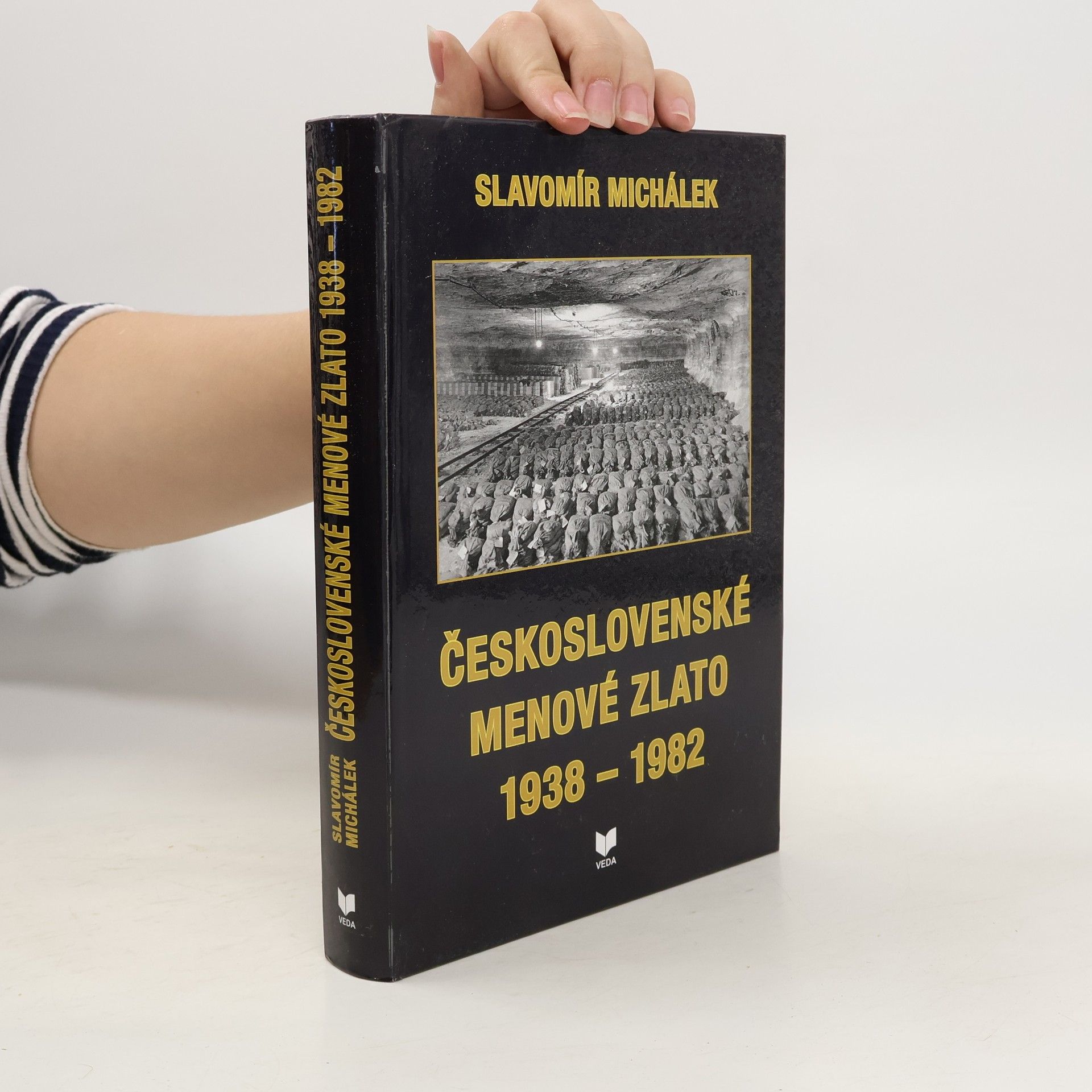Kniha má parametry jakési zprávy o slovenské společnosti v kontextu jejího evropského historického vývoje a vlivů. Dává čtenáři, který měl často o Slovenské republice informace a představy jen z občasných článků, reportáží a komentářů v médiích, příležitost hlouběji pochopit příčiny událostí, jevů i politických konfliktů a rozhodnutí na Slovensku, jež ho zaujaly nebo překvapily. Snahou autorů bylo poskytnout čtenáři dostatek informací o Slovensku a jeho vývoji v širších historických souvislostech, aby se mohl zasvěceně ptát na politické, ekonomické, sociální a kulturní stránky života dnešní slovenské společnosti. Dnes je Slovenská republika demokratickým státem a respektovanou součástí Evropské unie. Ambicí kolektivu autorů tak bylo představit v této publikaci složitou cestu Slovenska k jeho samostatné demokratické státnosti ve 20. století, a především zachytit nejpodstatnější tendence společenského vývoje, jímž Slovenská republika prošla po 1. lednu 1993, až do období před historicky prvním předsednictvím v Radě EU.
Slavomír Michálek Knihy







Diplomacie Československa. Díl II. Biografický slovník československých diplomatů (1918-1992)
- 806 stránek
- 29 hodin čtení
Pro oblast československé diplomacie - specifické a významné složky státní správy - doposud slovník tohoto druhu neexistuje, a zvláště údaje pro komunistické období jsou v běžných encyklopediích až na výjimky nedostupné. Tato kniha tedy zaplňuje existující mezeru a představuje užitečnou příručkou nejenom pro potřeby vlastního ministerstva zahraničních věcí, ale zvláště pro zájemce z řad novinářů, historiků, pedagogů a další širší veřejnosti. Slovník zahrnuje všechny klíčové osobnosti československé zahraniční služby, tedy vedle ministrů (a samozřejmě i státních tajemníků) také přednosty (ředitele) jednotlivých sekcí v období 1919-1948 a náměstky v době po roce 1949, dále všechny vyslance (pro období do padesátých let), resp. velvyslance. Úvod podává přehled o organizačním vývoji ministerstva zahraničních věcí od jeho vzniku. Slovník tak představuje nepostradatelný základ pro další studium ději
Československý exil 1938-1989 v zahraničních archívech: Sborník dokumentů
- 184 stránek
- 7 hodin čtení
Sborník příspěvků z vědecké konference konané ve dnech 21.-22. listopadu 2007 na Univerzitě obrany v Brně
Nazi Germany and the Role of the US in the Fate of Czechoslovak Monetary Gold
- 348 stránek
- 13 hodin čtení
The narrative explores the complex Czechoslovak-American dispute over monetary gold seized by Nazi Germany in the 1930s and later discovered by American forces in a German salt mine post-World War II. Over 37 years, the gold became a focal point of diplomatic tensions and negotiations, culminating in its return to the Czechoslovak State Bank in February 1982. This account sheds light on the intricate diplomatic maneuvers that shaped the relationship between Communist Czechoslovakia and the USA, contributing to the understanding of Cold War dynamics and modern European history.
Milan R. Štefánik is a principal figure in modern Slovak history. Who were those that followed him? We chose six diplomats for this study: Osuský, Hurban, Palic, Slávik, Krno and Papánek. Including Štefánik, these were seven brave men, seven diplomats, seven Slovaks who left a substantial and permanent mark on Czechoslovak diplomacy and Slovak-American, or more accurately Czechoslovak-American, relations in the 20th century. In addition to diplomats, they were legionnaires, writers, poets, politicians and international lawyers. Their exciting lives and professional careers are a result of not only the era they lived in, but also the context and conditions which influenced their actions.
This book, unique of its kind, informs the reader about the history and development of Slovakia and the Slovaks. The chapters focus on Slovakia’s political history as a nation living under Hungarian rule; the formation of a common democratic state with the Czechs since 1918; the subsequent fall of that state, destroyed by successive dictatorships imposed from abroad, and its eventual restoration. Although the reader learns about political, economic and social developments under the Communist regime, the book focuses on the years following the Velvet Revolution of 1989 and the Velvet Divorce of 1993: the new role of the churches, the new orientation of foreign policy towards the West, and the transformation of the centrally planned economy into a market economy. In 1993, Slovakia became a sovereign state; in 2004, the Slovaks’ successful accomplishment of the difficult transition of economy, politics and society was rewarded with EU membership. This book is rich in detail and sources available to the Western reader for the first time. It is recommended to everybody interested in the history of the Slovaks in Europe and the European Union.
Slovenská republika 1939-1945 očami mladých historikov IV.
- 479 stránek
- 17 hodin čtení
Zborník príspevkov z medzinárodnej vedeckej konferencie, Banská Bystrica 14. - 15. apríla 2005.
Československé menové zlato 1938 - 1982
- 470 stránek
- 17 hodin čtení
V moderných dejinách Slovákov a Čechov neustále nachádzame nové, dosiaľ plnohodnotne nespracované témy a udalosti. Medzi takéto nespracované, navyše top-atraktívne témy patrí i osud československého menového zlata. A o ňom je táto kniha „Československé menové zlato 1938 - 1982“. Československé menové zlato začalo písať svoju pohnutú históriu koncom 30. rokov dvadsiateho storočia v čase oklieštenia a rozbitia Československej republiky. Vtedy bolo násilne a bezprávne ukoristené nacistickým Nemeckom. Na sklonku druhej svetovej vojny ho objavila americká okupačná armáda v soľných baniach v Merkers pri Aachene a stalo sa na dlhých takmer 37 rokov súčasťou komplikovaných československo-amerických vzťahov a hospodársko-obchodných a politicko-ideologických medzinárodných sporov a konfliktov. Až vo februári 1982 sa jeho adekvátna časť opäť vrátila do trezoru Štátnej banky československej v Prahe. Aj dnes je zlato významné medzinárodné médium, ktoré sa vo svete ochotne prijíma, no menej ponúka. Platí to všeobecne pre všetky bohaté či chudobné štáty, malých či veľkých hráčov svetovej politiky. V živote každej krajiny má nezastupiteľné miesto.
História zadnými dverami 4
- 575 stránek
- 21 hodin čtení
Dejiny sú niečo čo sa dá niekedy ťažko pochopiť – neriadia sa logikou, neplynú pokojnými riekami a historici ich „sledujú“ a vysvetľujú často príliš komplikovane. Samozrejme, nikto čitateľov nenúti prijať všetko, čo napíšu. Je to jednoduchá rovnica. Platí však aj to, že historici jediní môžu meniť dejiny... Štvrtým dielom „zadných dverí“ nechceme meniť dejiny. Skôr ponúkame pútavou formou a selektívne zrkadlá našej minulosti, od dôb Veľkej Moravy až po Mečiara a Klausa. Nazreli sme do života stredovekých kráľov i bežných ľudí, nositeľov modernej doby – politikov, vzdelaných žien, kultúrnu elitu i takmer bezmenných „pešiakov“. A namiesto záveru si prečítate o histórii liečby rakoviny prsníka naprieč storočiami. Všetci poznáme Milana R. Štefánika a mnohí niečo viete zo života Mateja Korvína, cisára Jozefa I., vynálezcu Štefana Baniča, herečky Poly Negri, politika Milana Hodžu či diplomata Henryho Kissingera. Málokto však počul mená ako Bianca Cappello, Simon Georg Sina, Ľudovít Haan, Štefan Lux, Otto Ohlendorf či Fidél Palffy alebo Fanny Burneyová...

